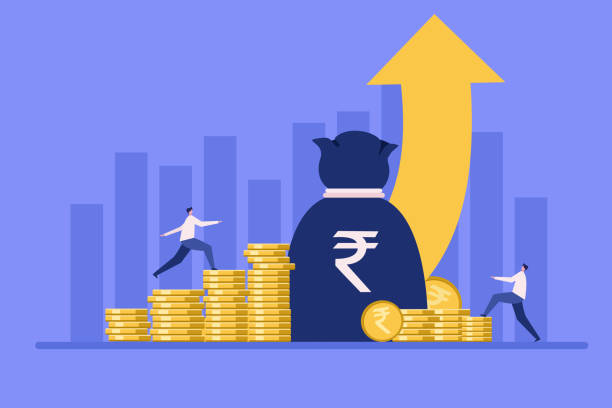Even though the International Monetary Fund recognised India as a ‘bright spot’ in a gloomy world economy, that is nowhere close to the truth as far as the ground reality is concerned. It is now clear as daylight that India’s growth story began to unravel following the Modi govt’s demonetisation move in 2016.
During the COVID pandemic, it took a further hit, as did all the economies in the world, slipping into the negative territory. But structural weaknesses have come to the fore, making the picture gloomy in the short-term.
In the long-term, India might become a $25 trillion economy, but all economic indicators paint a gloomy picture for the next few years Meanwhile, the Consumer Price Index (CPI) surged to 7.4 per cent in September as against 7 per cent in August. IIP declined 0.8 per cent in August compared to 2.3 per cent growth in the previous month.
Overall, the industrial outlook looks bleak in the immediate future, which means more job losses, hurting the poor and the lower and upper middle class.CMIE feels there is some good news with regard to the unemployment rate, which fell to 6.4 per cent in August 22. According to Mahesh Vyas of CMIE, this is a “bonanza” because it comes along with an increase in the labour participation rate.
Noted economist Pronab Sen is of the view that India needs to have a real GDP growth of 6.5 per cent at least to ensure that adequate jobs are created to meet the growing demand.











More Stories
Aamir Khan: ‘रिलेशनशिप छिपाने में यकीन नहीं रखता’, गर्लफ्रेंड गौरी पर बोले आमिर खान- रिश्ता स्वीकारना मुश्किल था
Hina Khan flaunts bridal glow at awards show after wedding to Rocky Jaiswal; rocks purple saree
6 महीने में मर जाओगे… 230 किलो के अदनान सामी को जब डॉक्टर ने दी थी चेतावनी